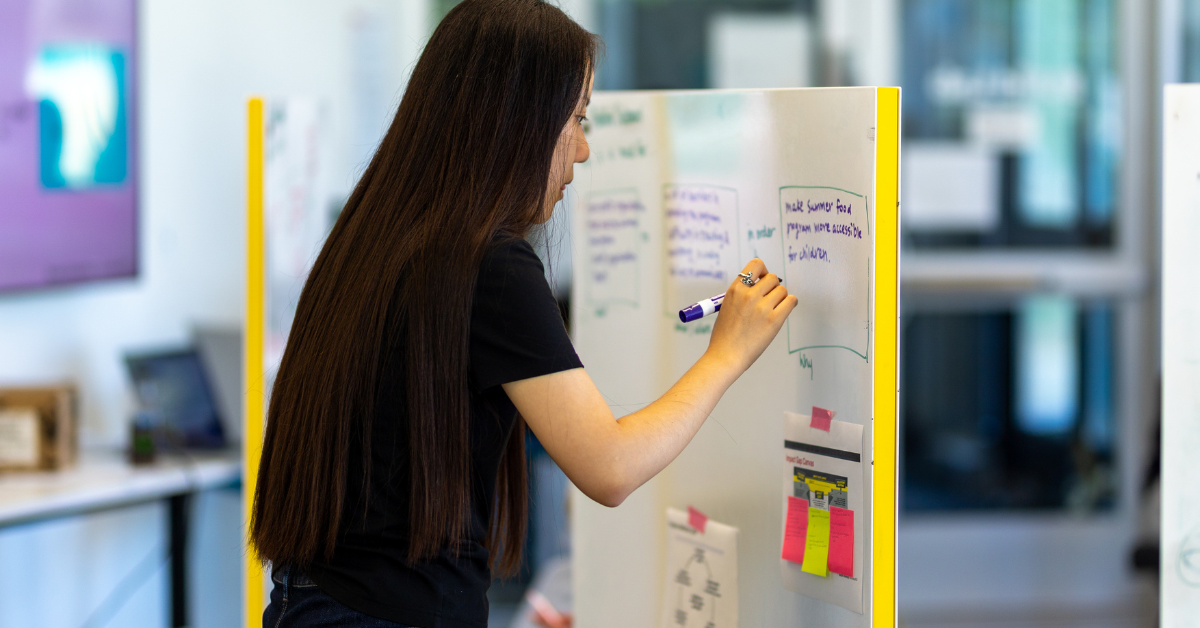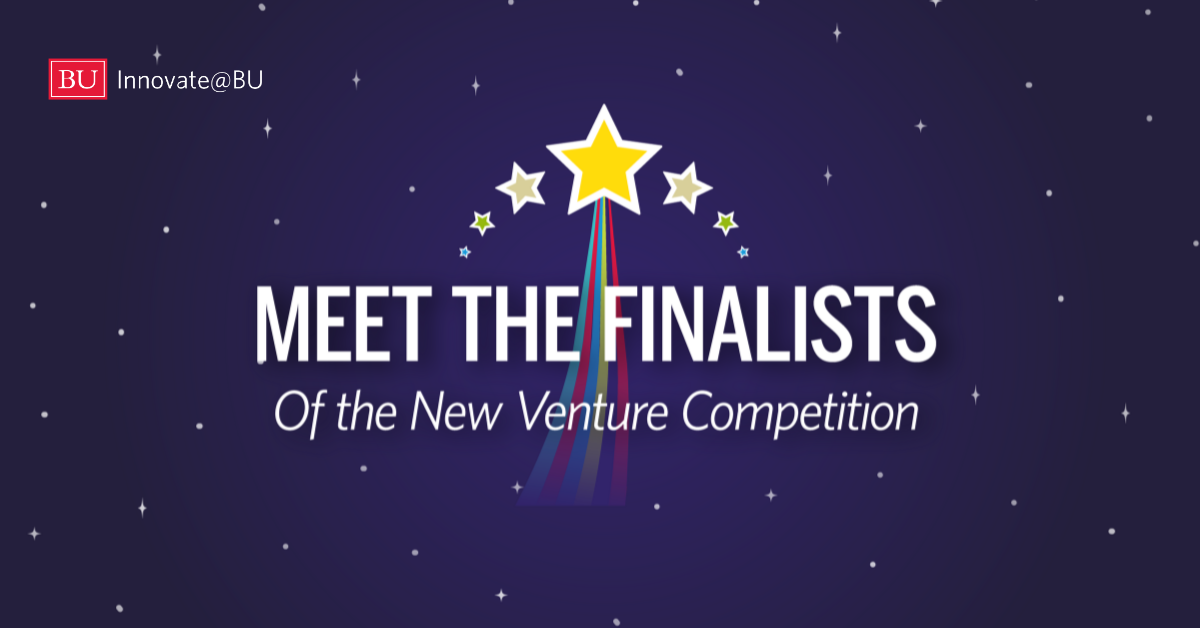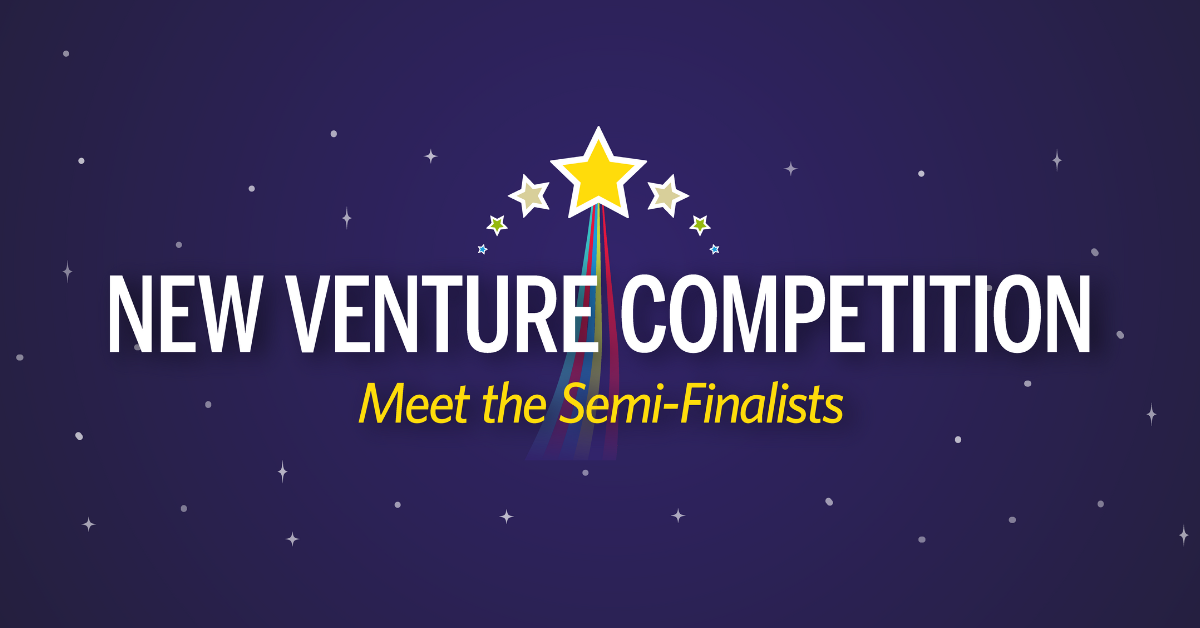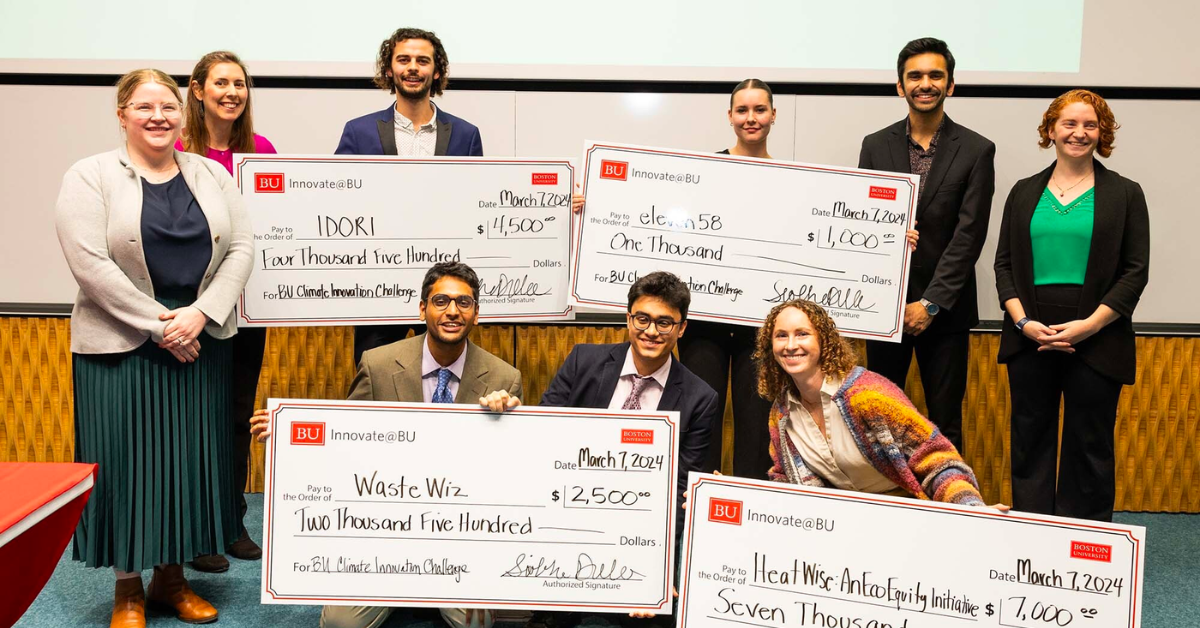Equity by Design: A Reflection on How to Build Equitable Teams and Solutions
 Paula Giraldo (CAS’21) is on a mission to help children build confidence while teaching them about gender equity and inter-gender empathy. She’s starting this project with the help of the Innovation Pathway program and a recent invitation to join Innovate@BU at Ashoka U’s virtual Exchange Conference, an annual global gathering for social impact educators and college students.
Paula Giraldo (CAS’21) is on a mission to help children build confidence while teaching them about gender equity and inter-gender empathy. She’s starting this project with the help of the Innovation Pathway program and a recent invitation to join Innovate@BU at Ashoka U’s virtual Exchange Conference, an annual global gathering for social impact educators and college students.
Paula is part of BU’s Peer Health Exchange, a group that teaches health classes to Boston high schoolers. While her teaching experience will be valuable as she develops her own project, she chose to attend Ashoka “because I want to see how I can make my project the most sensitive and equitable it can be, so that I can relay my messages to my subjects in a way that is not tone-deaf and actually helpful.”
One workshop in particular, Equity in Design hosted by the Creative Reaction Lab, helped her think about her idea to develop an equitable curriculum for kids between 8-10 years and how to recruit the right team members.
The workshop left her with three principles that can be used by students developing new projects and ideas of all kinds.
1. Acknowledging history and healing and dismantling power constructs need to be at the core of your goals in any social endeavor you take on, or else you will continue to perpetuate equity and oppression.
“If you don’t begin your project by diminishing the effect that these oppressive constructs have on the community you’re trying to help, then you won’t be able to create the desired change,” said Paula.
2. To design equitable outcomes, we must first build our own humility and empathy.
“Humility asks us to step outside of ourselves, listen, and absorb someone else’s truth,” she explained. “In real life, this could be discussing race publicly within teams, or making note of your personal assumptions, privilege, power, and identity when interacting with others.”
Paula shared an exercise that teams can start with by asking each member the following questions:
- How do you have/hold power?
- How do you experience power?
- How do others hold power over you?
- Which forms of power are helpful to yourself and others? Why? How?
- Which forms of power are harmful to yourself and others? How? Why?
3. When your team is composed of equity designers and design allies, you are more likely to reach an equitable outcome.
An equity designer is someone who is part of the community or someone who is directly affected by the issue you’re trying to resolve. Paula shared that equity designers “are also closest to the approaches needed to address the problem. They know what they need. They are a first-hand source on how the team can really help the community because we are each experts of our own lived experience.”
A design ally does not have this particular lived experience but they leverage their power and access for equity designers to use. “When your team is composed of equity designers and design allies, you are more likely to reach an equitable outcome. I am still working on recruiting for my team, but I will make sure to model my team after this,” she said.
Students can learn more about how to implement these principles into their projects and ventures by checking out the workshop hosts,’ Creative Reaction Lab, prompt for creating “equity-centered community design”.
“There is nothing that can actually be achieved until you acknowledge what power structures are affecting the people you are trying to help and take action to dismantle them, and this workshop was a really good start at tackling this,” said Paula.








